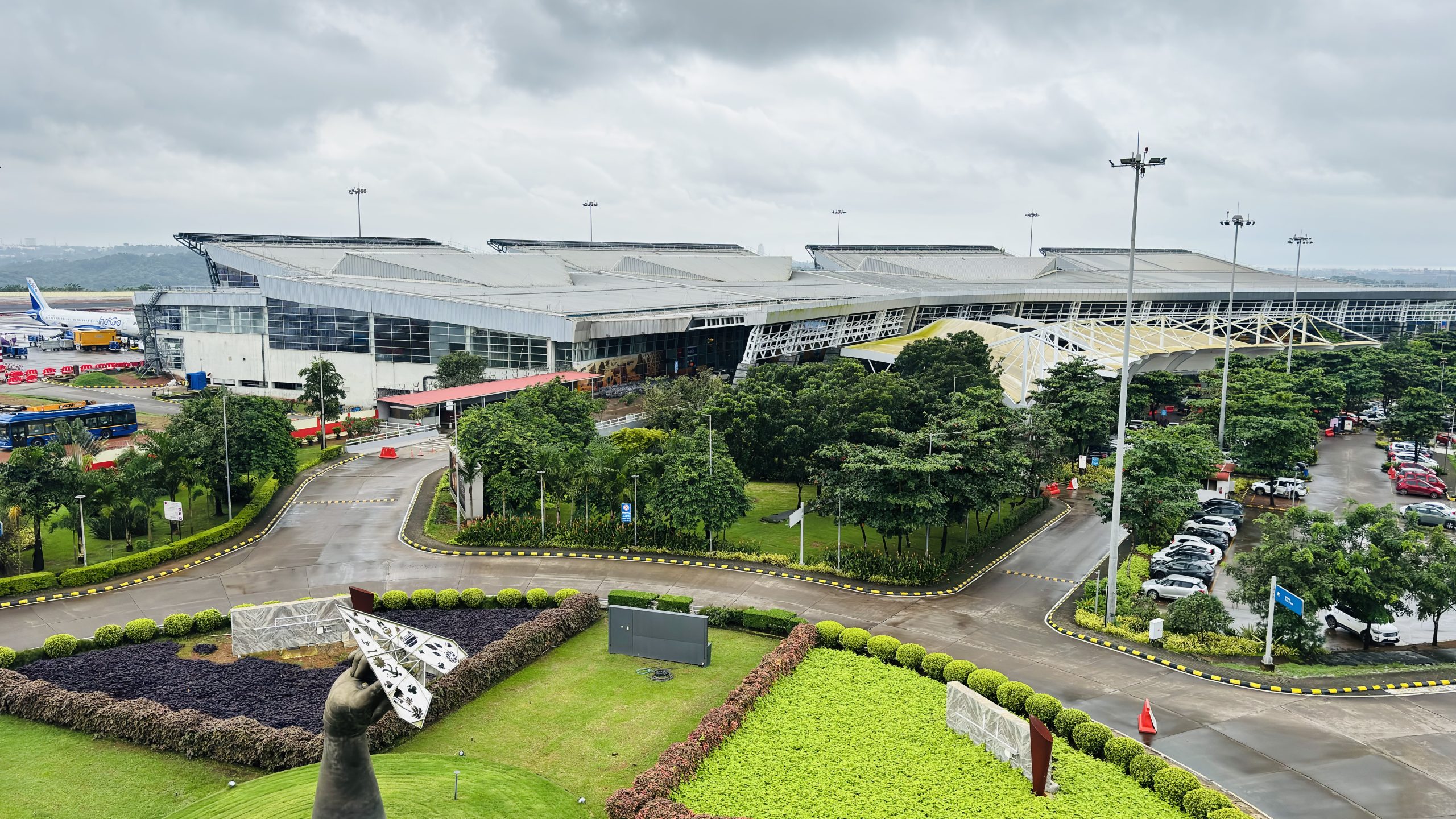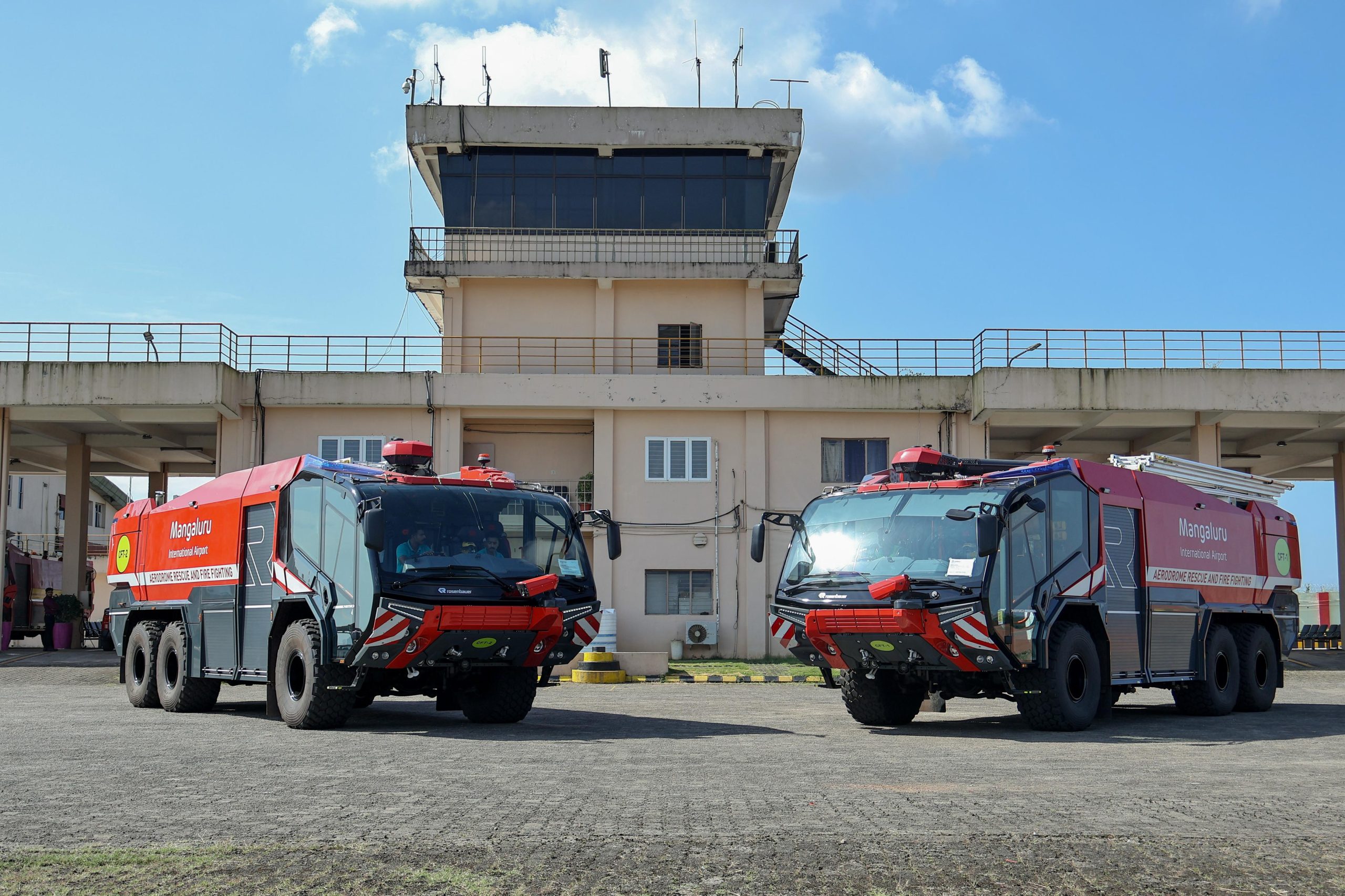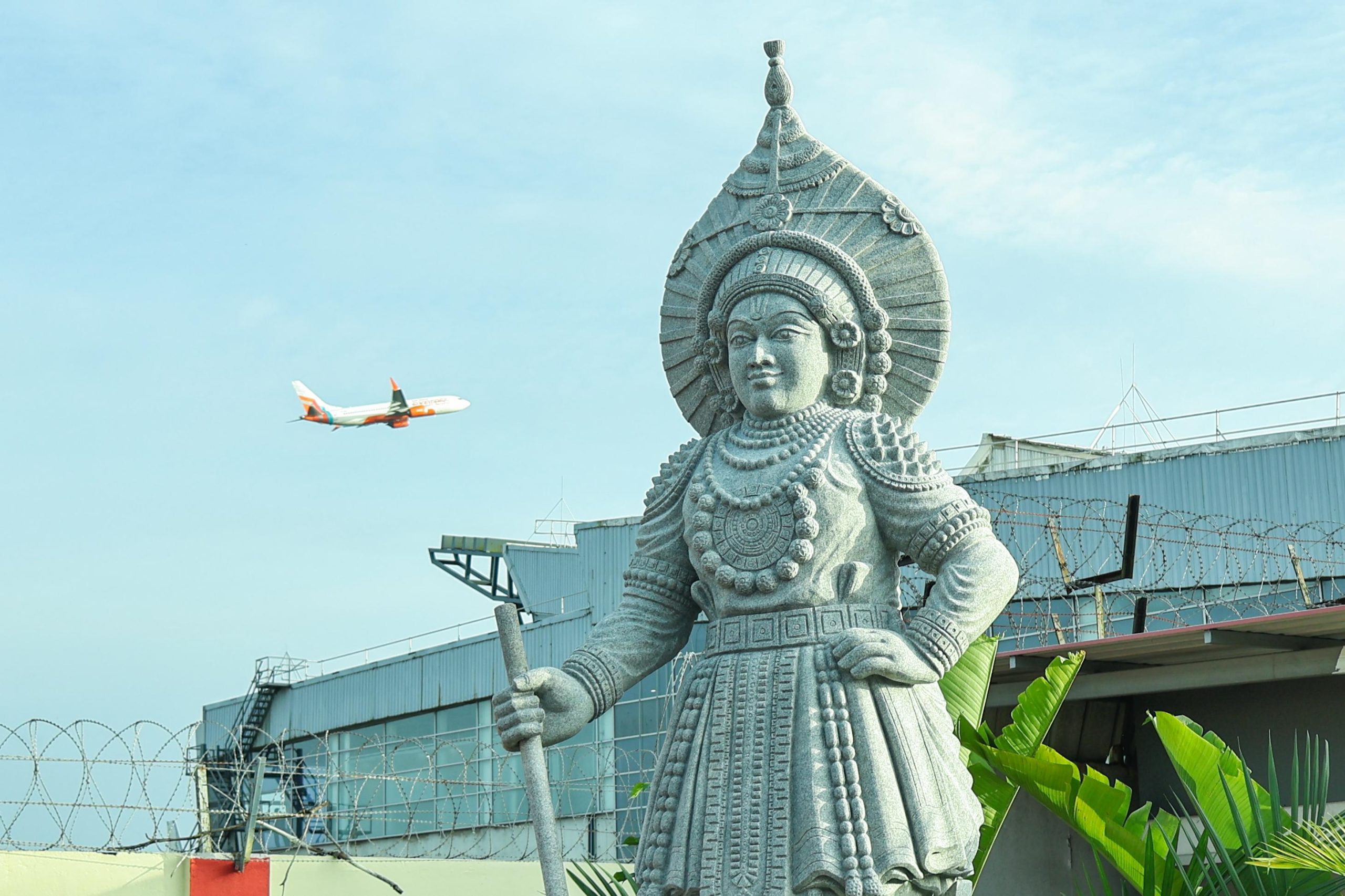Mangaluru International Airport Is Monsoon-Ready
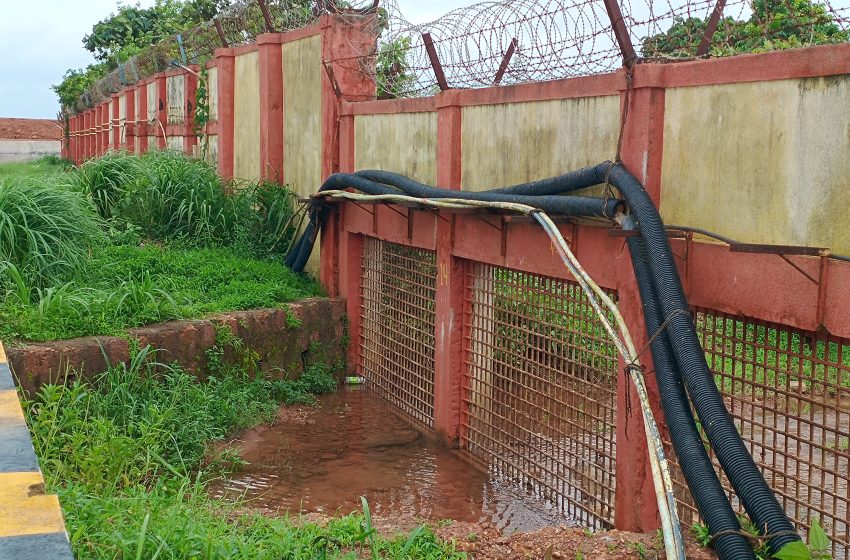
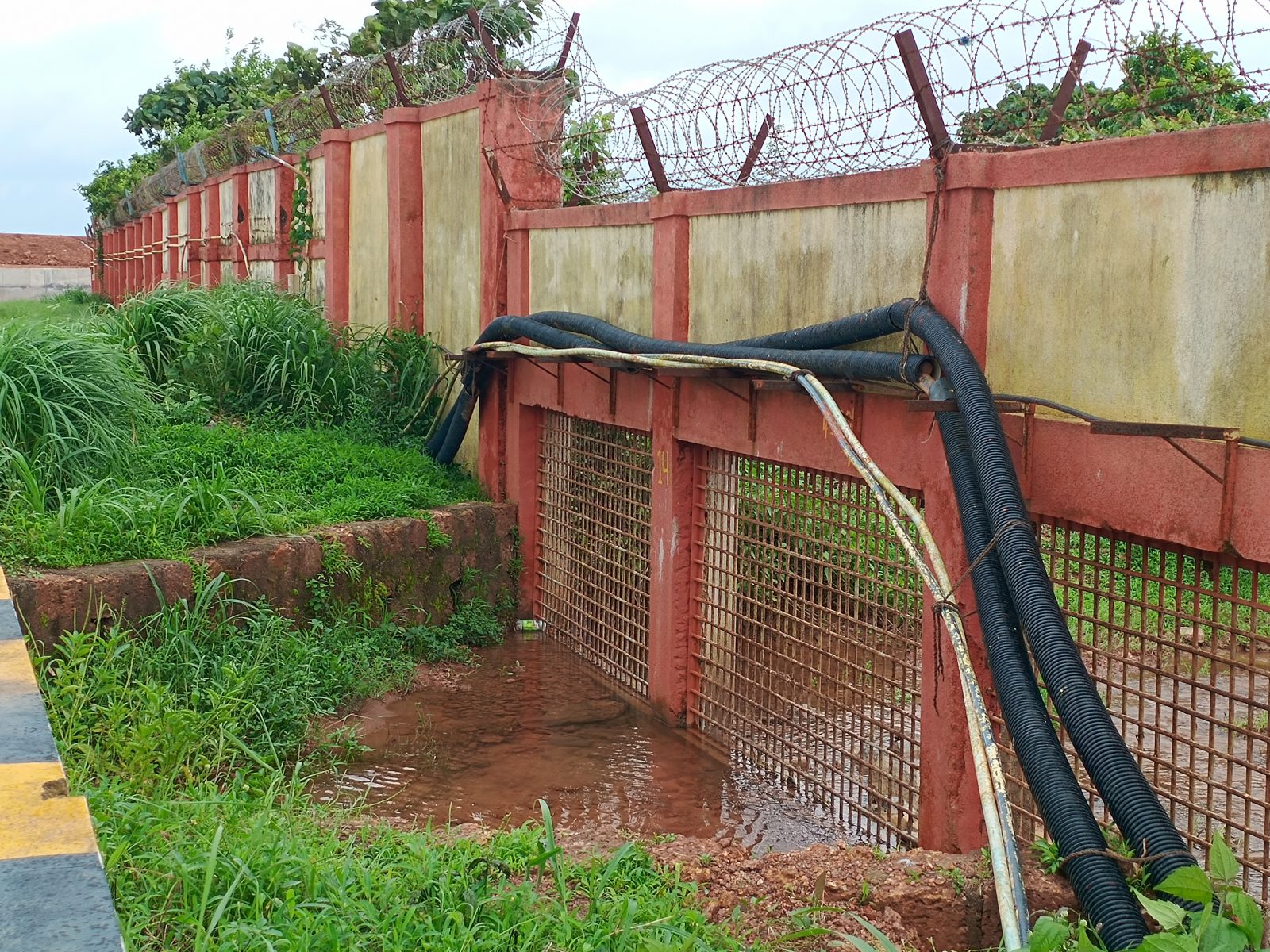
Mangaluru, July 11, 2024: Mangaluru International Airport, the second busiest airport in Karnataka, is one among five tabletop airports in India. Located 337 feet above mean sea level (MSL), the Airport, surrounded by lush green forest, attracts a substantial amount of rain during the monsoon season.
Despite the heavy rainfall, the Airport – being an all-weather facility – remains operational thanks to among other things, the comprehensive drainage network, and its constant maintenance.
The scheduled maintenance of the drainage network is critical for Mangaluru Airport to remain operational. The Airport initiates 16 pre-monsoon checks focused on the drains in April each year. The checks include inspection of all open drains from the starting point up to the outfall position to ensure that silting/sliding of sides is rectified before the onset of the rain.
“The maintenance team at the airport ensures timely removal of weeds/vegetation from the open drains to confirm free flow of water downstream in a scientific manner”, the airport spokesperson said.
The efficacy of the drainage network has stood the test of time from the time it was constructed when the Airport was expanded and new terminal building constructed at Kenjar in 2010, closer to the city. “Rainwater at no point in time accumulates anywhere on the Airport premises and flows seamlessly from the designated outlets into the external drainage network”, the spokesperson added.
The airport shares the drainage network plan periodically with the local and district authorities. Rainwater from the airport flows along the natural pathways from the 20 outlets located around the perimeter of the airfield. At least six of these outlets drain into the Gurupura River on the west of the Airport. The other outlets lead to a series of external drains constructed and maintained by the local authorities.


